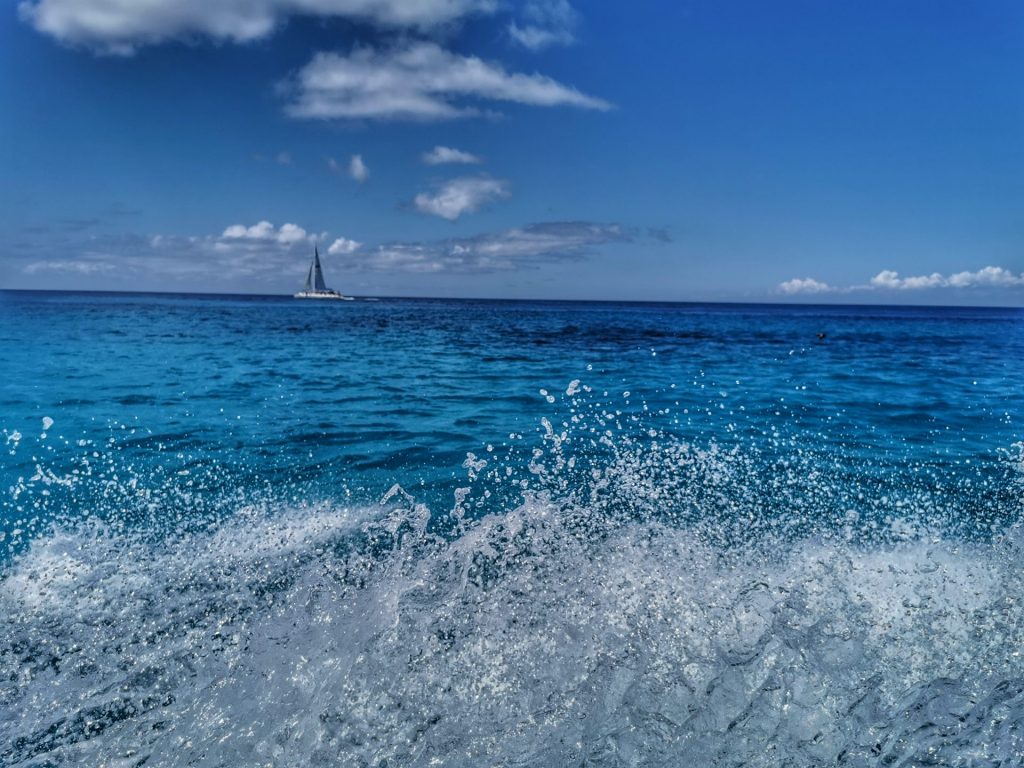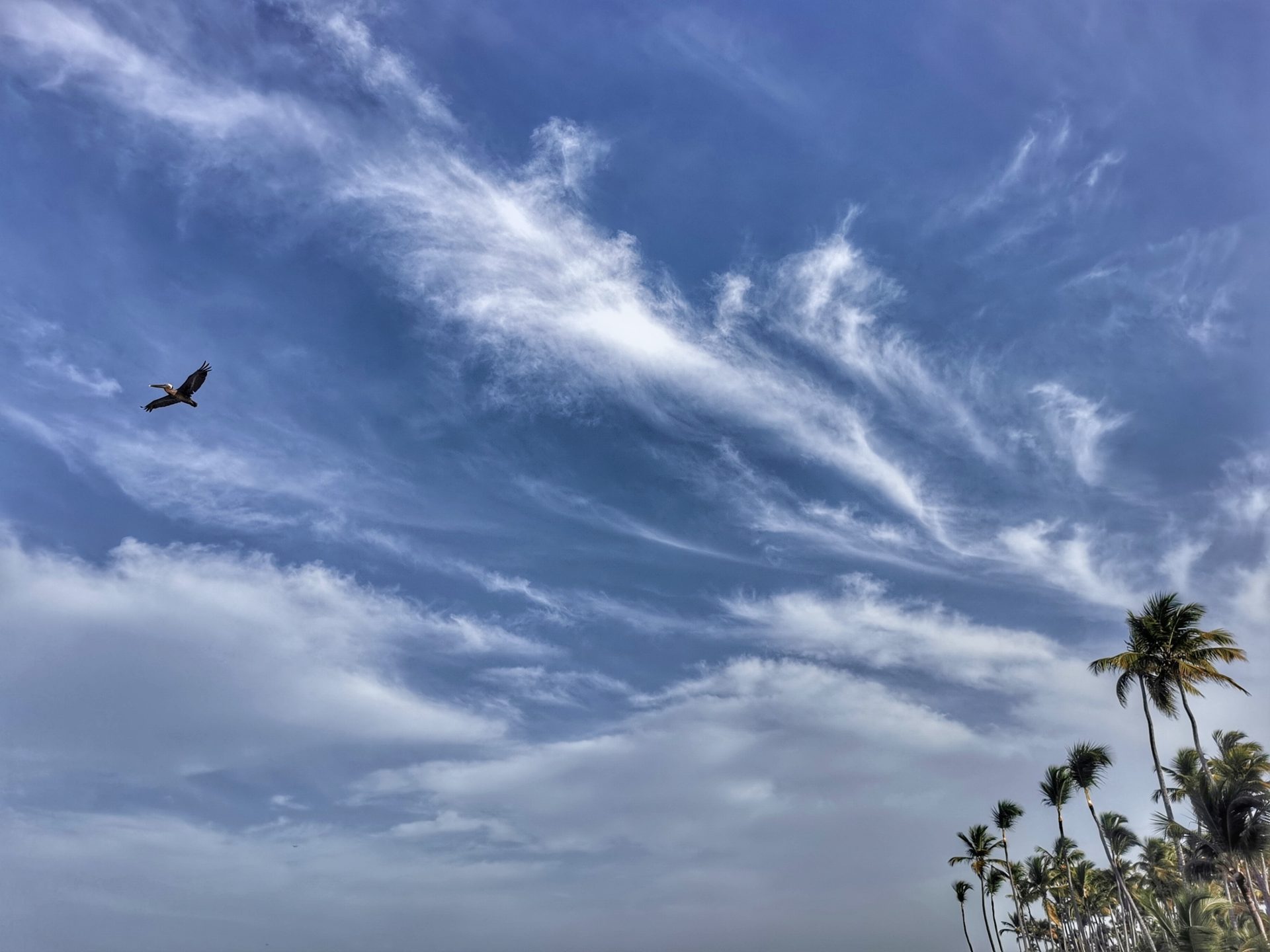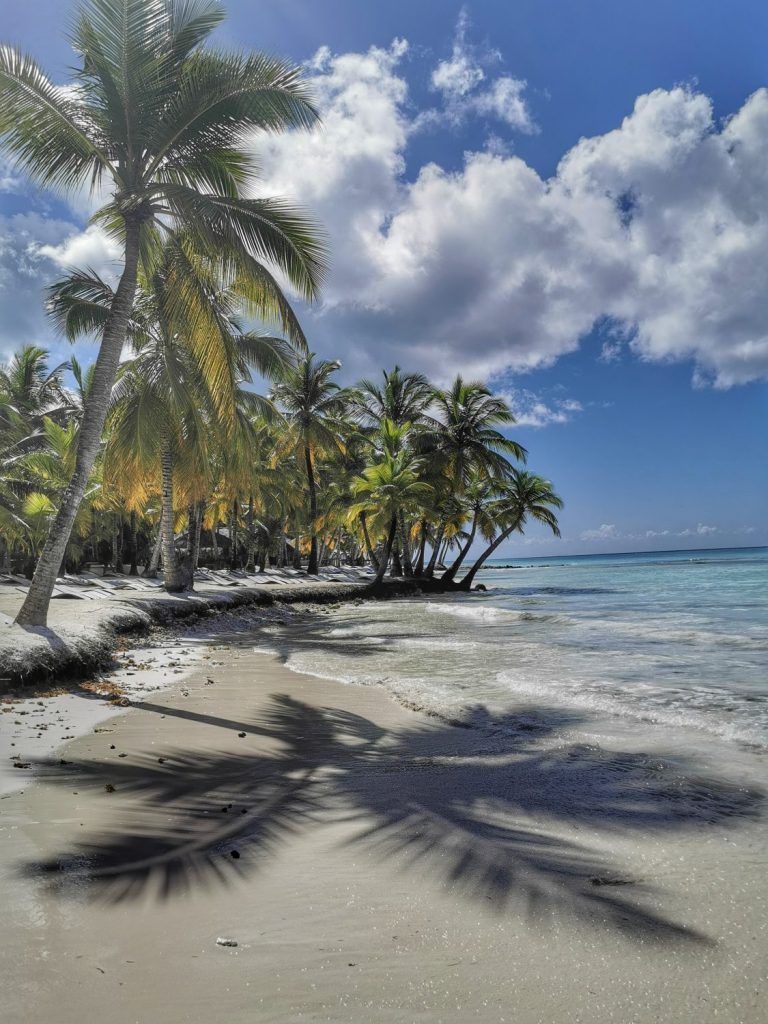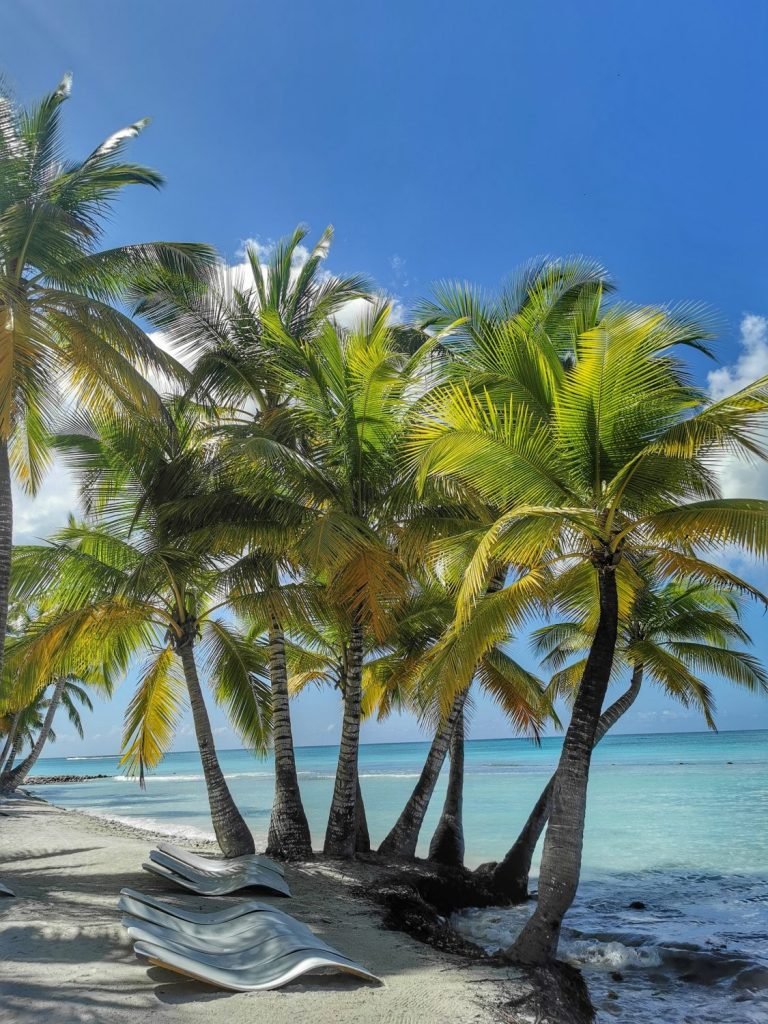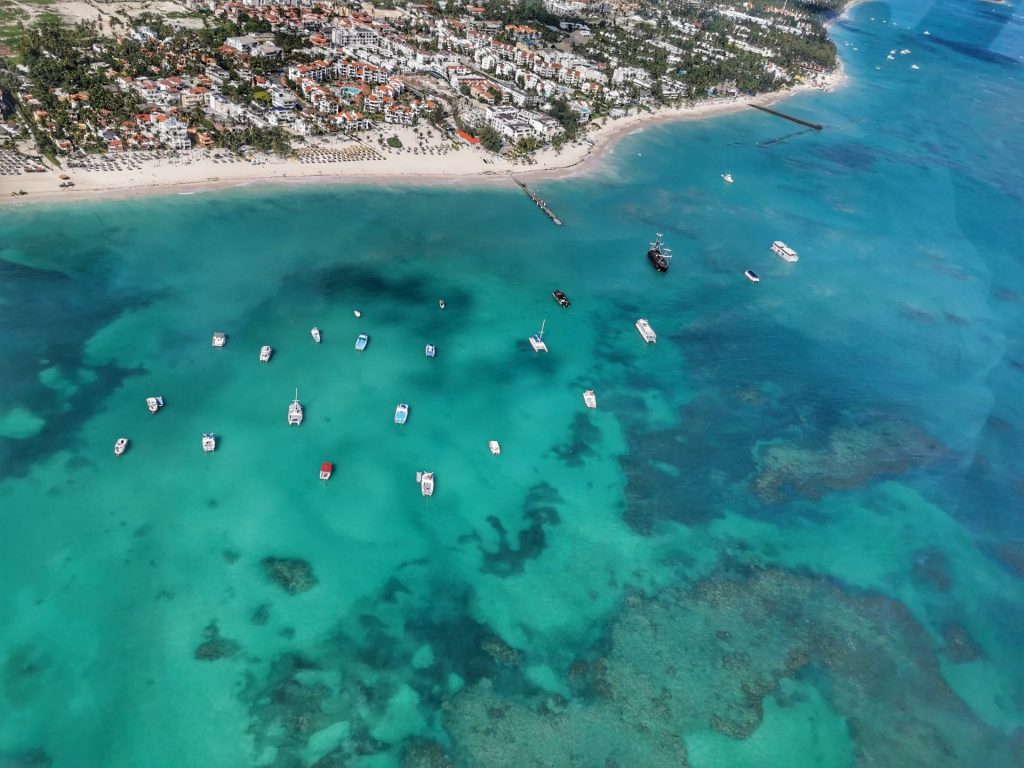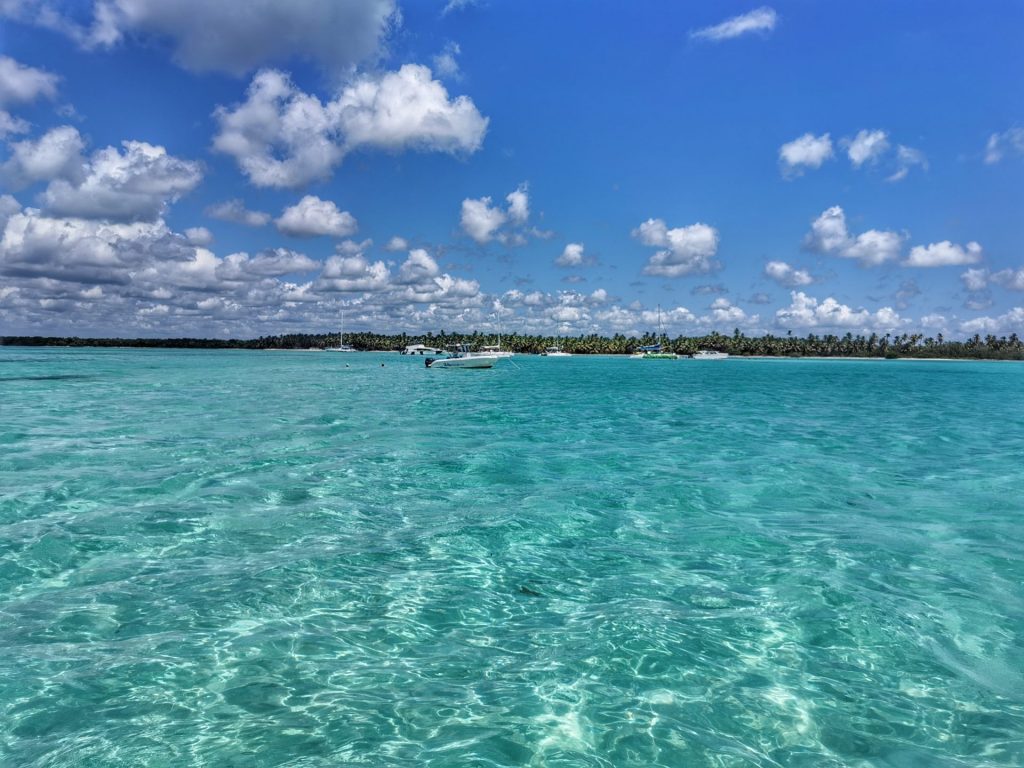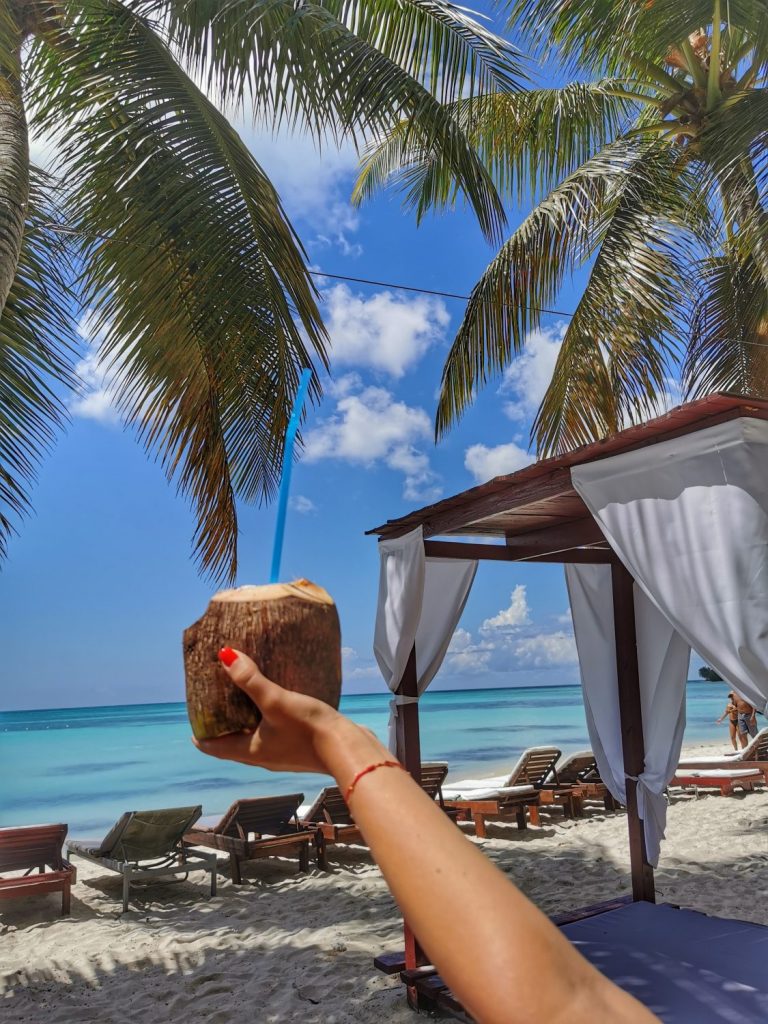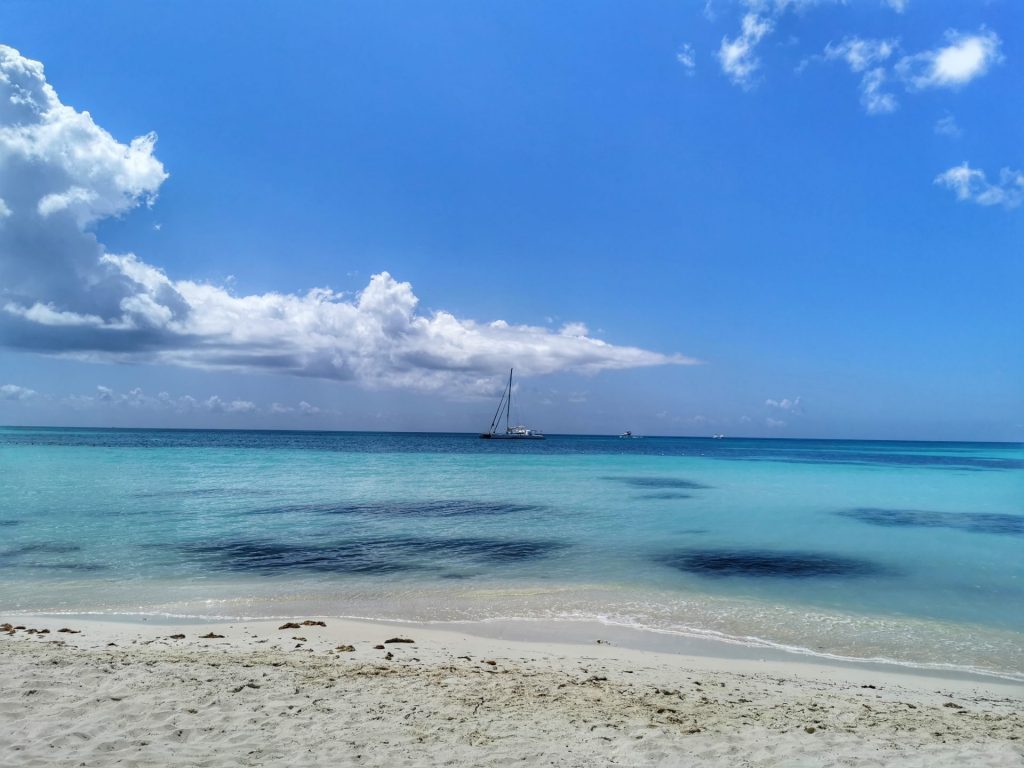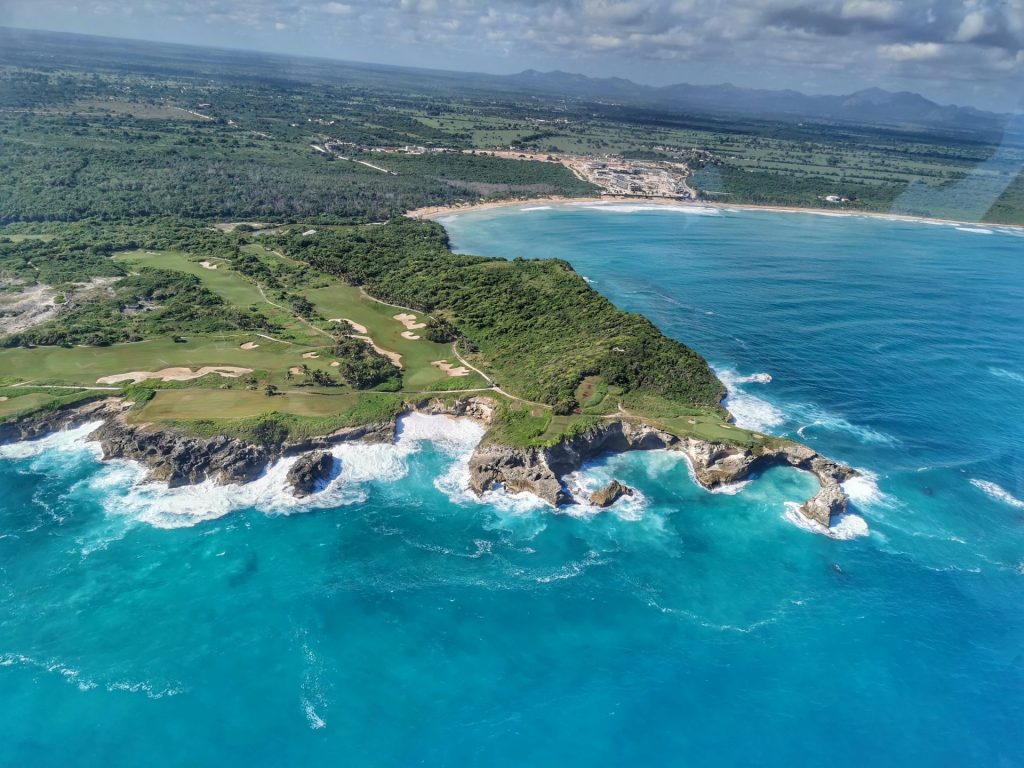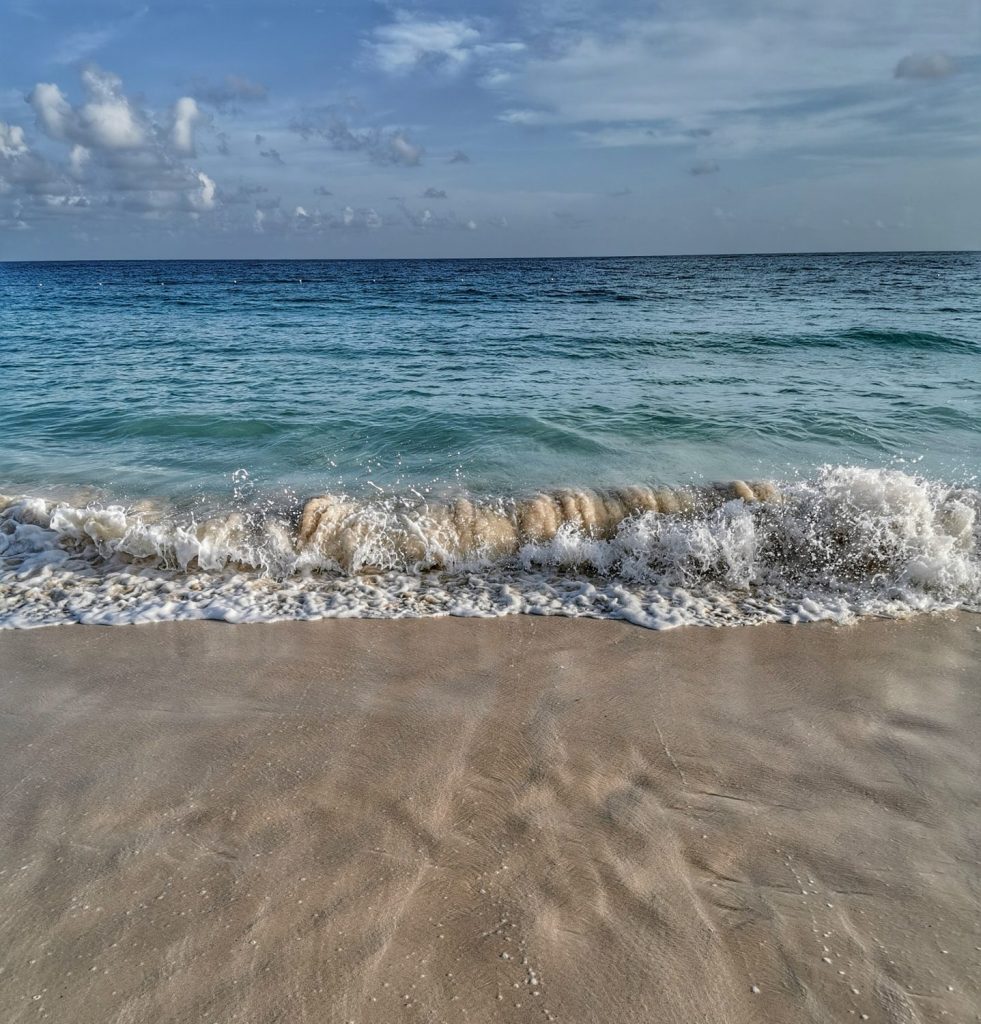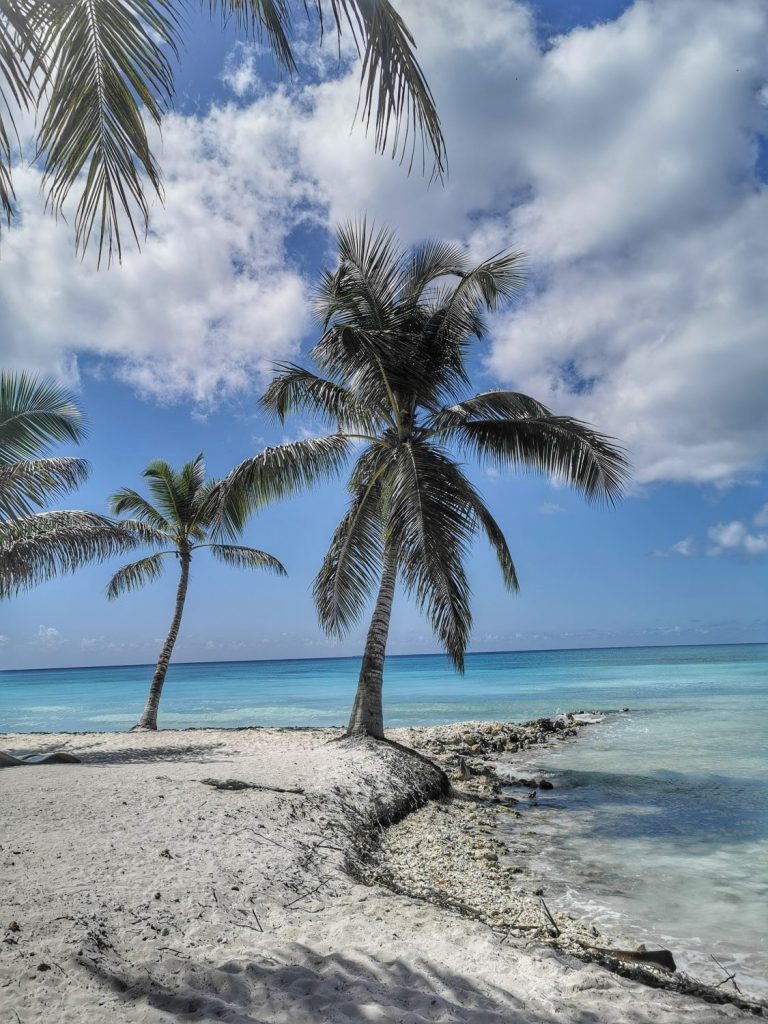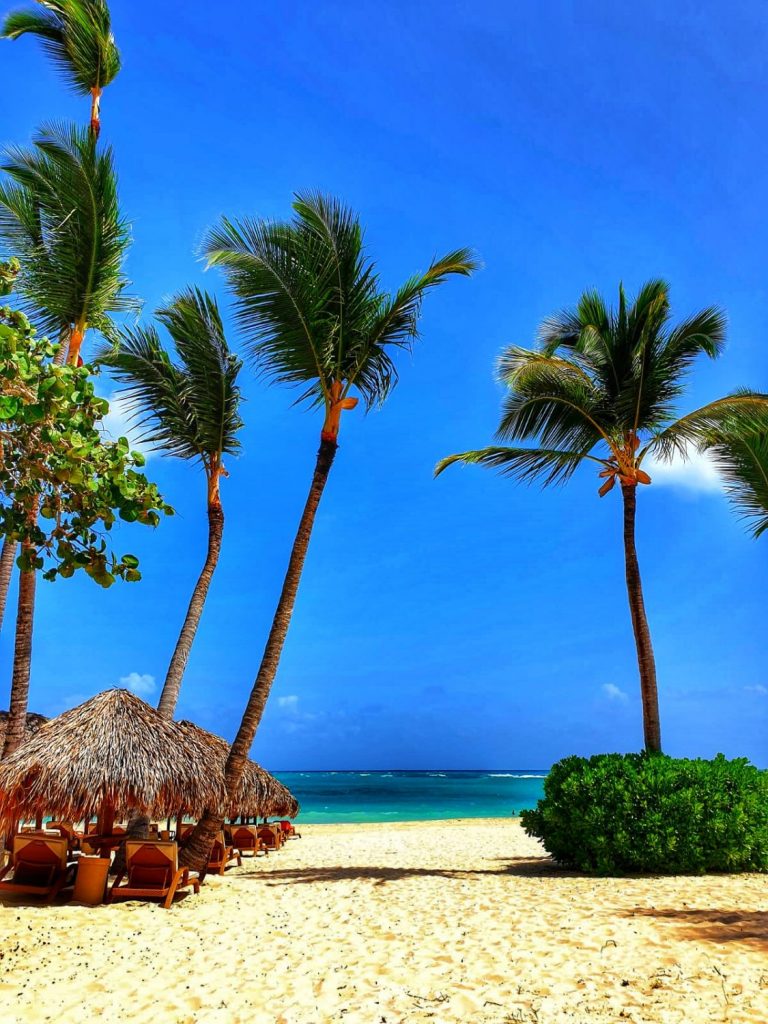When we talk about the Dominican Republic we all think of idyllic beaches and palm trees, but few know that this is the place where Christopher Columbus first anchored in the “New World” in his first voyage in 1492. It is said that he wrote in his log book about the Dominican Republic as being: “the most beautiful land that human eyes have seen”.
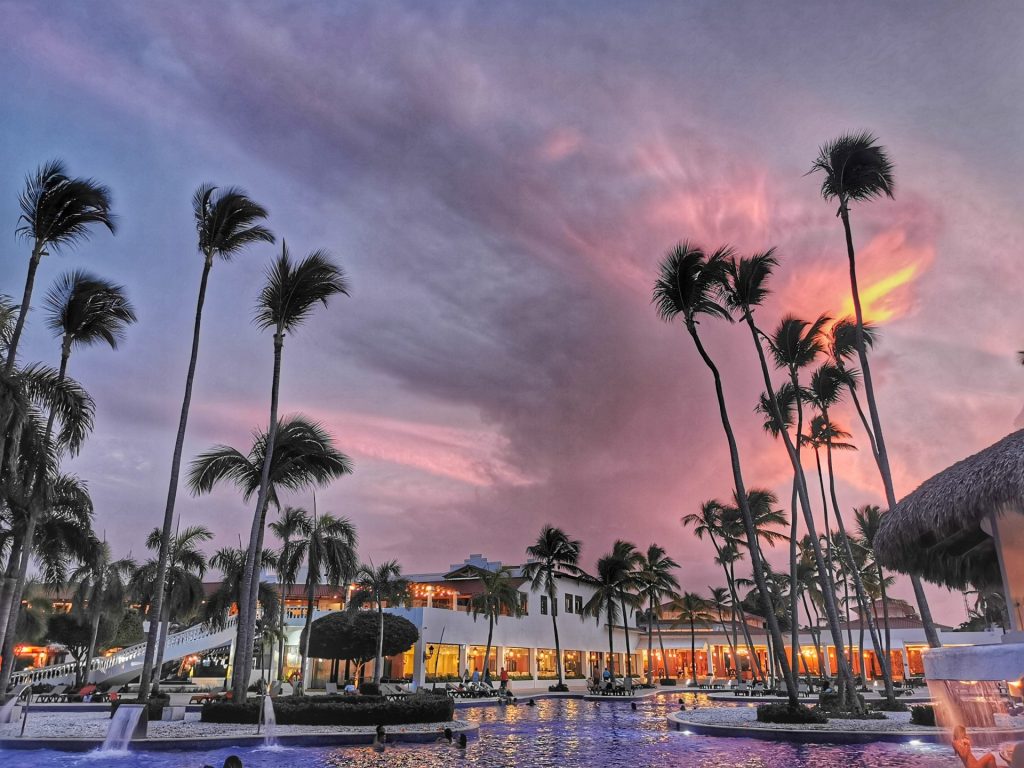
From the geographical point of view, the Dominican Republic is one of the richest and most diverse countries in the Caribbean: from the highest peak in the region, Pico Duarte, to the lowest point of the Caribbean, Lago Enriquillo everything can be found here. It is also worth mentioning the flora that includes over 6000 species and diverse fauna (7000 species) including falcons, humpback whales and others. The most interesting thing is that, in three hours, you can reach the idyllic beaches in a mountain town located at 500 meters altitude. The coastal part of the Dominican Republic totals 1600 kilometers and 25% of the country’s territory consists of protected areas (national parks – 29 in number, rivers that lead to waterfalls, pine forests, bays that house turtles, Taino caves, tropical forests)

Whether we are in the northern part of the Atlantic Ocean or in the southern part of the Caribbean, the landscape impresses us just as much, but the most fascinating “postcards” are found in Saona and Catalina Islands. They are easily accessible by speedboat from the fishing village of Bayahibe. The partially inhabited Saona Island has many white sand beaches and turquoise waters, including La Palmilla, the largest natural pool in the Caribbean. But here … I let the pictures speak.
The energetic nature of the locals is explained by the mixture of Taino, African and European influences. Dominicans have a reputation for being very open, friendly and passionate. From the way they dress, talk and behave, they overflow with joy, happiness and optimism. The national music and dance, Merengue, is part of every Dominican and has been a UNESCO World Heritage Site since 2016.
Where the Atlantic Ocean meets the Caribbean Sea for a distance of 48 kilometers (the longest white sand region in the Caribbean) and palm trees reach the sky, there is Punta Cana.
Punta Cana is home to all-inclusive resorts, adult hotels, children’s water parks, romantic wedding venues, spas and golf courses. 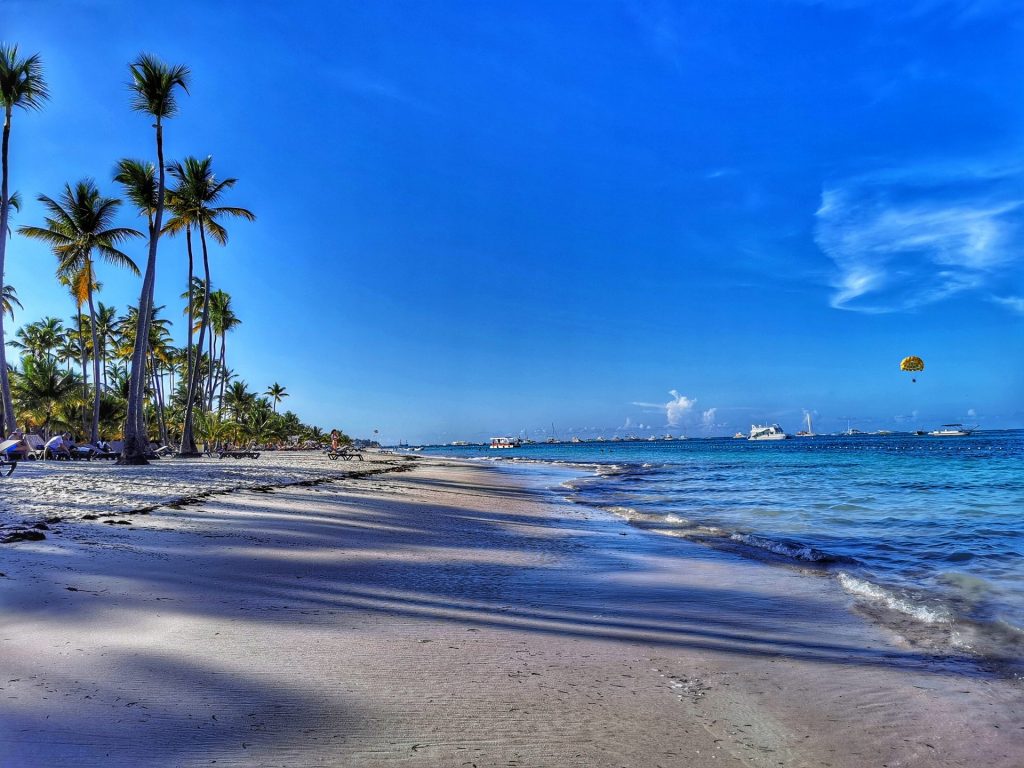
The average annual temperature is 27 °C, and the peak season is January-March, while from May to November it is the rainy season.
One of the most beautiful beaches in the world (recognized by UNESCO) is located here and is Playa Bavaro, the perfect place for those keen on diving, snorkeling and parasailing. There are several shops in the area so there is a wide variety of activities, but it is not the only one in the area: for surf lovers the right beach is Macao where there are huge waves, while for families with children Arena Gorda is the right beach due to the smooth entrance to the sea and the very calm sea.
What did the Dominican Republic mean to me? It meant an incredible combination of tropical paradise, like the ones I have seen only in pictures taken by professionals, an immense joy to live the moment. The vacation here was a real life lesson, as in the Dominican Republic everyone sings, dances and smiles. I learned here that joy is a principle of life and that the most beautiful thing we own is the moment called NOW! 